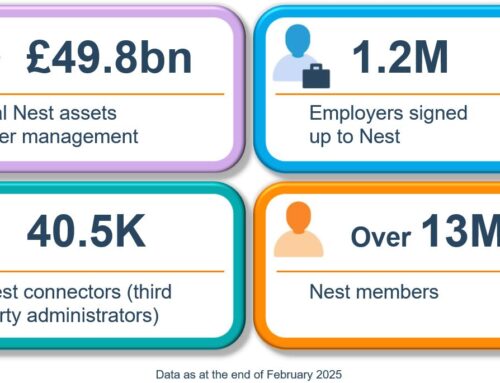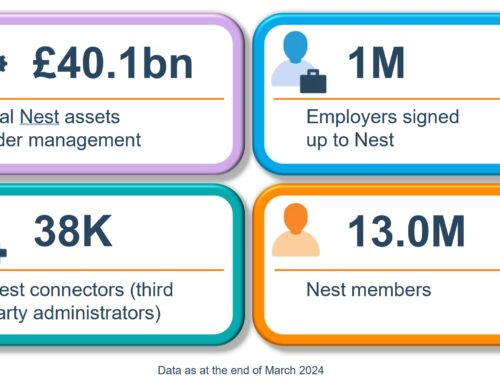Over 6 years on from the launch of auto enrolment, the DC pensions market has grown rapidly. Many of these new savers will remain in their scheme’s default fund option. As such, it’s vital employers look closely at how schemes run their default funds, as this will have a real impact on member outcomes at retirement.
So, how can you ensure you are choosing the best possible scheme for your employees? Check out our 10 top tips when selecting or reviewing your default fund:
- Is the default appropriate for all your employees?
It’s important to look ‘under the bonnet’ at how schemes manage their default funds. Most will invest in different ways at different stages of an employee’s savings journey, depending on how far they are from retirement. Check you’re comfortable with the approach your default has taken for your employees.
- What level of risk are your employees comfortable with?
How would your workforce feel about being invested in a fund with hugely fluctuating returns over time? Would they prefer to be saving in a fund which offers a balanced approach to risk and return – taking advantage of market growth but also balancing loss in a falling market? In a recent survey, 65 per cent of our members at Nest agreed it’s better to play safe with their retirement savings.
- How is your default fund performing?
A pension is a long-term investment so its normal to see some fluctuation over time. However, it’s worth noting if the performance of your default is considerably lagging other funds in the market as this can have a real impact of the value of your employees’ pot at retirement.
- How are investments managed?
Does your scheme have an in-house investment team, or are investment decisions outsourced? Additionally, are all those investments managed by one firm, or is there a ‘best of breed’ approach taken by asset class? For example, at Nest we have an in-house investment team in control of our investment decisions and we spread our members’ money carefully over diverse investments from leading asset managers around the world.
- What’s the scale of the default and why does this matter?
As assets under management grow, managers have more opportunity to diversify the asset classes that make up the fund. Looking beyond traditional asset classes like equities and bonds, to private markets and illiquid investments can help deliver better returns for members over the long term.
- Are environmental, social and governance (ESG) factors incorporated into the default fund?
There’s been a huge rise in interest in ESG factors recently. Not all providers incorporate ESG considerations into their default funds, but at Nest we believe doing so is in the best interests of our members to deliver the best possible returns over the long term.
- Has your default fund been recognised by the industry?
When demonstrating to your employees the value of the scheme you’ve selected, its handy to be able to show them that the scheme you’ve opted for has a Defaqto 5-star rating and has won industry awards.
- Can you and your employees easily find information about the fund?
Schemes should be transparent about how and where they invest their members’ money, what they are trying to achieve for members and their progress against their aims. If this information isn’t easily and readily available, then perhaps you should wonder why?
- Does your default offer value for its members?
When considering value for members, it’s important not to look solely at the cost, but instead what the scheme gives you and your members for the fees paid. Is the scheme investing in a wide range of asset classes, not just stocks and bonds for example, and diversifying members’ assets?
- What alternatives options to the default does the provider offer?
Whilst its likely most of your employees will remain in the default fund, it’s always good to be able to offer a range of alternative funds, so members don’t feel tied in. But how much choice is right? A vast range of alternatives with confusing names could make it difficult for employees to understand what’s right for them. At Nest, we believe offering a small range of clearly-named, diverse alternative funds helps members make the right decision for them.


